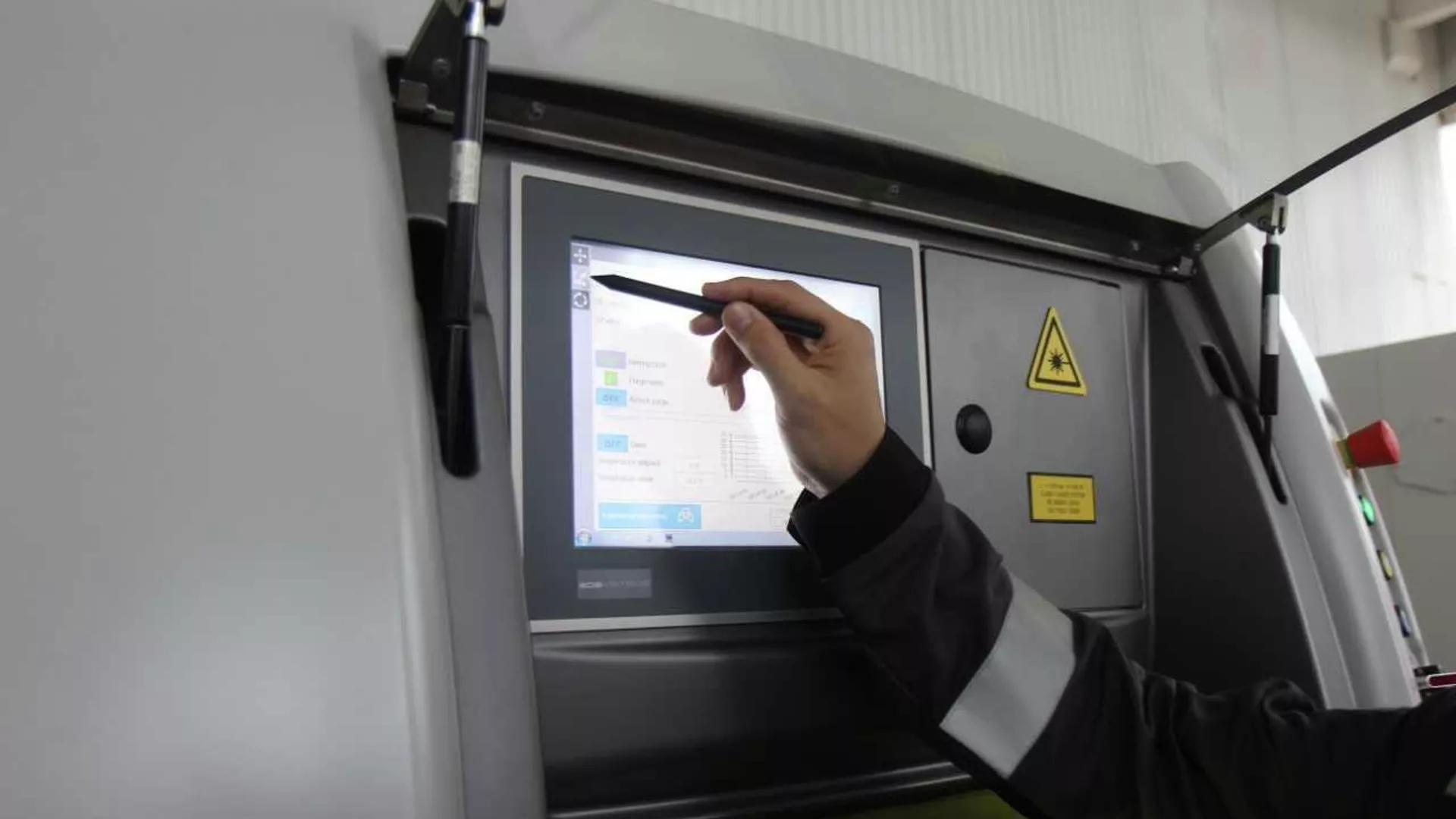Africa-Press – South-Sudan. Today, in order to create systems that can work at extremely low temperatures, one has to use the so-called austenitic steels. According to experts, they usually lack necessary strength and plasticity, particularly in order to function in open space or to be used in vital elements of cryogenic technology.
Scientists from Russia’s Belgorod State University (BelSU) have developed a unique alloy that does not have any analogues when it comes to strength and plasticity at extremely low temperatures. According to the researchers, the material is also cheap and can be widely used in studies of space, world ocean, Arctic, and Antarctic. The results are published in the journal Materials Science and Engineering.
The BelSU scientists managed to synthesize a promising alloy based on iron, cobalt, nickel, and carbon. The alloy preserves its remarkable properties at temperatures up to -150°С and lower.
According to him, carbon, as well as an increased amount of iron, provides additional strength and reduces the cost of the material. The material’s high mechanical properties are the result of the so-called TRIP-effect. The scientists explained that this effect provides a significant increase in strength and plasticity due to altering the crystal structure of the material during cold plastic deformation.
The findings improve the understanding of mechanisms that determine the behavior of alloys with TRIP-effect in various conditions. This will allow a more accurate choice of materials and technologies to create products with the desired set of mechanical properties, the scientists explained. The scientific team aims to continue the research in order to adapt the new alloy to 3D-printing industrial technologies.
For More News And Analysis About South-Sudan Follow Africa-Press






